
Can the practice share examples where it has considered nature in decision making? For example, by having a nature proxy to encourage ecocentric decision making, using natural systems as inspiration for the company structure, recognising the seasonal nature of people’s capacity and workload, or celebrating equinoxes and solstices together.
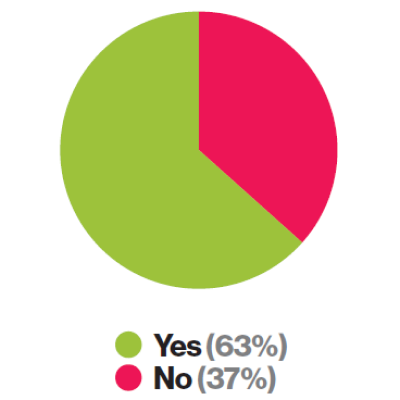
Front-runner
We have submitted a formal application on behalf of nature to a recent call for new trustee members. The aim of electing nature as a trustee is to enable Purcell’s EOT to make better-informed decisions about the future of the planet. We all share a collective responsibility to future generations to make responsible existential decisions.
Having nature represented as a trustee sends a message to all of us as employee owners and to our collaborators that we are taking the climate and biodiversity emergencies seriously. The board is expected to make a decision on this in the coming months.
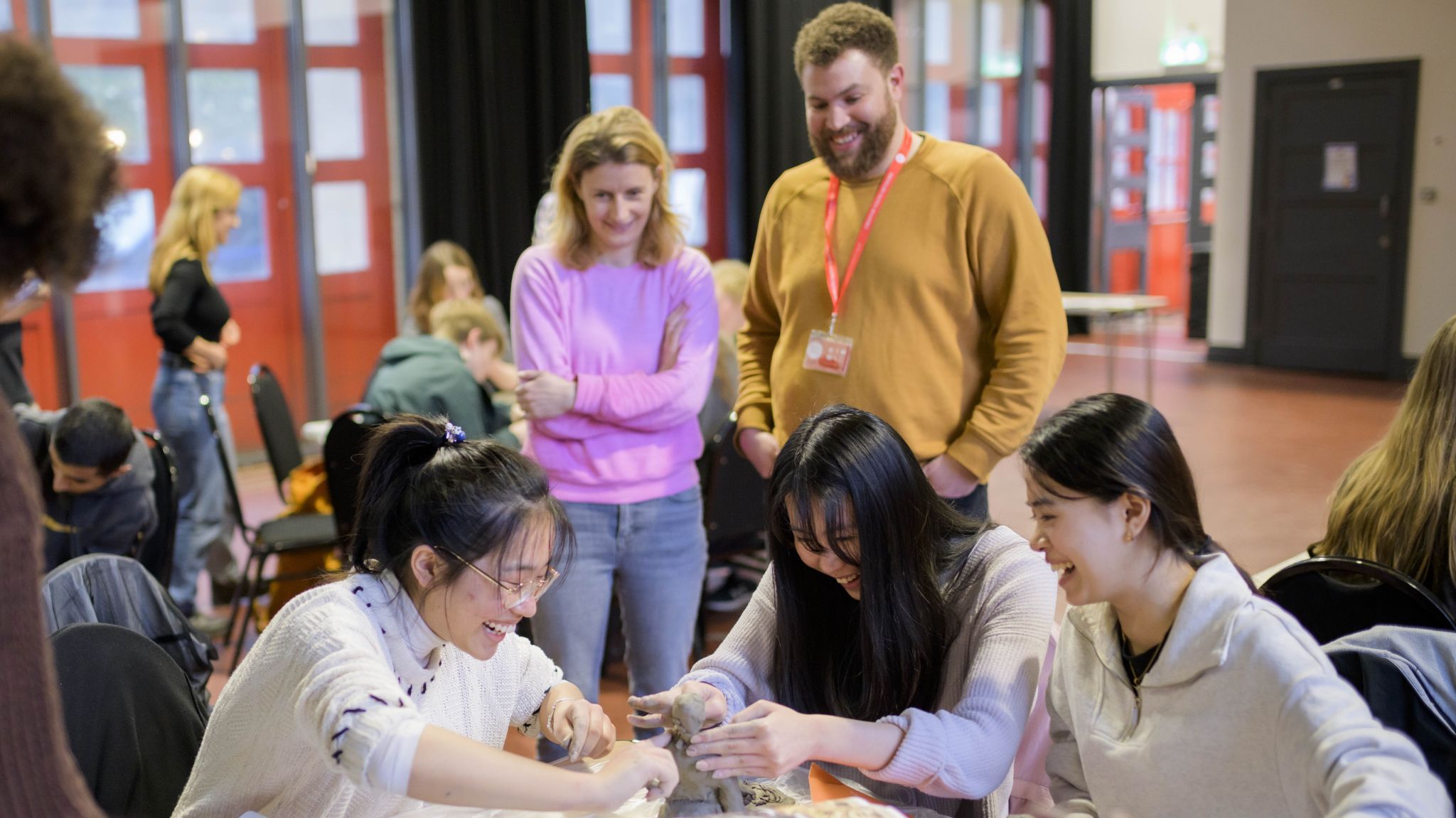
Runner-up
Our long-term purpose is to be co-enablers of the flourishing of all life for all time, and to work towards restoring planetary health.
Our business plan was developed using biomimetic principles. By translating all the common functions of a business (for instance publicity, ideas generation, training, etc.) into biological equivalents (such as signalling, fertilisation/mutation/variation, and adapting/evolving) it’s often possible to arrive at innovative approaches. On the Colchester & Tendring Borders Garden City project we have ‘the Lorax’ as a notional team member and regularly ask ourselves “What would the Lorax say to this proposal?”
Ones to watch
As a Certified B Corporation, we have mended our company’s Articles of Association to ensure that society and nature are considered essential stakeholders in our operations and decision making processes. This commitment to ecocentric values is deeply ingrained in our practices. We recognise the importance of aligning with natural rhythms, not only in our design work but also in our company culture.
We value our employees’ wellbeing and strive to accommodate their individual life rhythms through a flexible working policy. This includes offering a four-day working week, remote working options, and consideration for circadian rhythms and seasonal variations. By respecting our employees’ personal needs and allowing them to find their optimal work-life balance, we foster a more sustainable and harmonious environment.
We aim to protect the environment through our work as designers and landscape architects, and believe that this is best achieved by practicing what we preach.
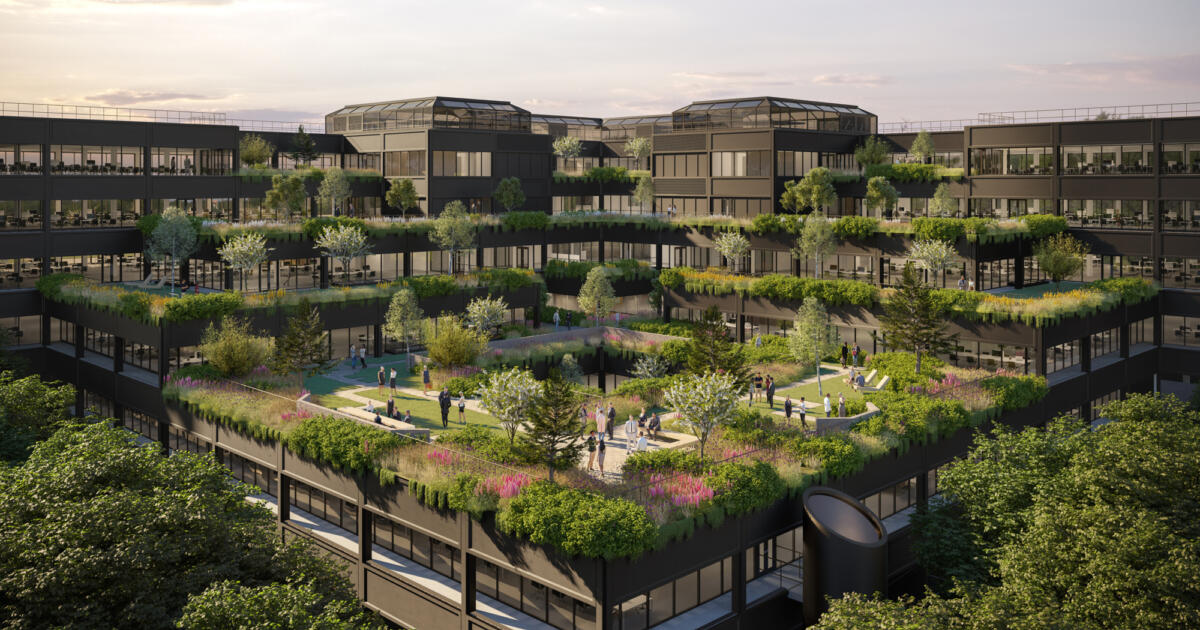
We are in the process of reconfiguring the business to be regenerative. We started with pivoting the company to be purposeful and producing a green policy. Our co-founder Helen has completed various regenerative courses, such as Regenerative Economics, and the Regenesis Regenerative Practitioner course. We are changing the company structure to reflect the different stakeholders that we are beholden to. We are also embedding deeper regenerative principles into the company to ensure internal, as well as external capacity and capability, by bringing in reciprocal measures to ensure that we give back to all our stakeholders in the area, including nature and the community. We follow circular economy processes in the manufacture of our furniture to design-out waste, enable disassembly and repurposeability in the future, and are using as many natural materials as possible. We are also investigating using waste materials to make our own material.
Our office is very small so perhaps this isn’t quite comparable. However, a significant amount of our time is spent in the natural environments where we work. If we are building in timber, we go to see where the timber is sourced and plant trees.
We strive to live in balance with our natural environment, always physically experiencing the local natural system of the spaces we are working in, and trying to understand what reinvigoration looks like.
The practice is particularly good at celebrating the summer months, especially important in our Glasgow and Preston offices. During the summer, the practice allows staff to finish two hours early, recognising the improved opportunity to spend time outside at this point in the year. We also have ‘sustainability’ themed lunch picnics, where we discuss relevant topics and staff bringing vegetarian/vegan food to share, with the aim of promoting lower-carbon eating habits.
Our September field trips provide teambuilding opportunities, with the location chosen as a collective decision, allowing us to appreciate and draw inspiration from architectural and natural environments. Where possible, outdoor swimming opportunities have been taken, adding a further dimension to immersion in nature for those involved.
Architype has clearly defined management, but its implementation is non-hierarchical, with all co-owners encouraged to voice views across all areas of practice. The fortnightly all studio kick-off meeting is ASK to encourage questions. We have followed nature in our expansion strategy to reproduce additional offices (smaller clusters) to benefit individuals and the communities they serve, rather than intensive centralised growth.
To support flexible working, many coowners work either a four-day week or a nine-day fortnight or manage shorter hours for care responsibilities. We have a positive shared parental leave offer, recognising the need to support and nurture new families. The practice has the ambition to trial a four-day working week when economic conditions allow.
Enhancing nature informs our 2030 Roadmap’s biodiversity and water use topics. Our internal CPD training curriculum has been focusing on upskilling all co-owners in these areas, having identified and responded to this current area of improvement.

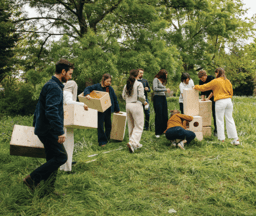
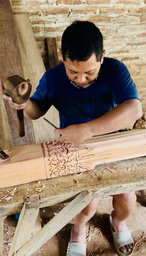
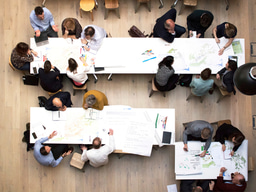
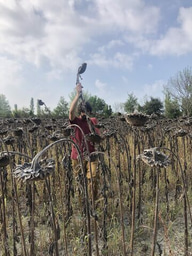
Please sign in or register for FREE
If you are a registered user on Regenerative Architecture , please sign in